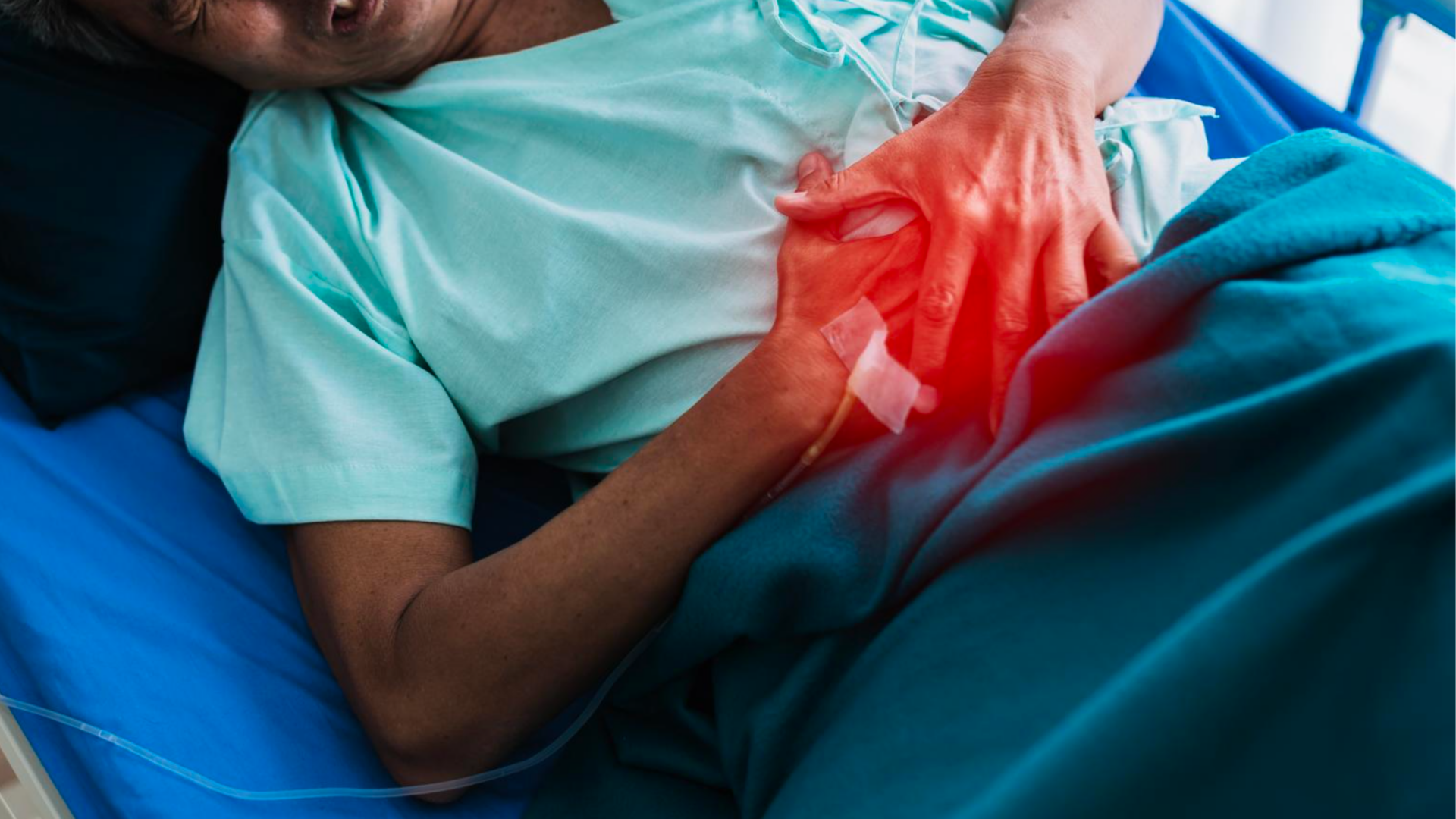Rare diseases

A rare disease is one that affects a small proportion of the population (generally no more than 5 in 10,000 inhabitants). These diseases are usually chronic, mostly degenerative, and are characterized by a wide range of disorders and symptoms that vary according to the disease and the patient.
It is estimated that approximately 80% of rare diseases have a genetic origin, and more than half of them begin during childhood. According to the World Health Organization (WHO), it is estimated that there are about 7,000 rare diseases worldwide, which affect about 7% of the world's population. In Mexico, about 8 million individuals suffer from one or more of them, according to data from the Ministry of Health.
It is important to have timely diagnosis and treatment by a healthcare professional; with this, it is possible to improve the quality of life of patients.
At Stendhal, we are committed to "Caring for Life" and improving the quality of life of patients; because of this, we offer innovative therapies with RNAi (RNA interference) technology.
X-linked hypophosphatemia
X-linked hypophosphatemia (XLH) is a disease that is explained by the name: HYPO (little) PHOSPHA (phosphorus or phosphate) TEMIA (blood); that is, "little phosphorus in the blood". It is an inherited disorder that affects how the kidneys absorb phosphate or phosphorus, which is an important mineral for bone, teeth, and muscle health.
XLH is a rare disease that affects approximately 1 in 40,000 people in the United States and is caused by a mutation in the PHEX gene, which is found in the X chromosome.

Men are more susceptible to XLH than women, since men have only one X chromosome, while women have two. If one of the chromosomes does not have the PHEX mutation, the disease will not manifest, although women can transmit the mutation to their children.
Some of the symptoms of the disease are:
1. Muscle weakness
2. Bone pain
3. Bone deformity
4.Delayed growth
5. Dental disorders
6. Difficulty breathing
7. Fatigue
8. Seizures

Acute Hepatic Porphyria
A rare and underdiagnosed group of inherited metabolic disorders, caused by defects in heme group biosynthesis. This molecule is the most important component of a protein called hemoglobin. The heme group and hemoglobin allow red blood cells to carry oxygen throughout the body.
The clinical manifestations of acute porphyria usually begin in adulthood and are nonspecific, which is why many patients remain undiagnosed or are diagnosed late.
The symptomatology usually comprises any of the following components:
1. Severe abdominal pain: It is the most common and often initial symptom. It is typically generalized and accompanied by nausea, vomiting, abdominal distension, constipation, or diarrhea. This pain is often confused with acute abdominal conditions and surgical disorders such as appendicitis.
2. Peripheral neuropathy: It can manifest as pain in multiple areas such as the back, chest, or limbs. Sensitivity disorders can develop and progress, causing a tingling sensation and numbness.
3. It can also affect the autonomic or central nervous system, which often causes changes in mental status, seizures, psychosis, insomnia, and anxiety. Manifestations in the autonomic nervous system include tachycardia, hypertension, and bladder dysfunction such as urinary retention, incontinence, and pain when urinating.
Other signs may include brown or reddish-brown urine due to excess porphyrins or porphobilinogen, often misdiagnosed as hematuria (blood in the urine).
Hereditary Transthyretin Amyloidosis (hATTR) with Polyneuropathy
This hereditary disease, which usually begins in adulthood, is caused by a mutation in the transthyretin protein gene. This protein is produced in the liver; the disease causes the formation of a protein with an abnormal or amyloid configuration.
The molecules of this abnormal protein tend to group in fibrous, difficult to degrade structures that accumulate in different organs and cause both dysfunction and disorder in their functions, causing the manifestation of the symptoms attributed to the disease.

This form of amyloidosis affects the entire body, but especially the peripheral nervous system and the heart. The suspicion of ATTR is high in patients with progressive disabling polyneuropathy that manifests as sensitivity and motor skill disorders of the lower limbs that start at the feet and can travel up the legs.
People who suffer from this condition often experience unexplained weight loss of more than 5 kg (11 lbs.), heart rhythm disturbances, kidney abnormalities, bilateral carpal tunnel syndrome, disorder in stomach functions, constipation, chronic diarrhea, erectile dysfunction, and finally, problems walking or even prostration.

Spinal Muscular Atrophy (SMA)
It is a genetic, progressive, and often terminal disease that affects the peripheral nervous system and compromises the ability of an individual to walk, eat and, ultimately, breathe.
SMA affects approximately 1 in 10,000 people and mostly manifests during pediatric age but can also occur in adults.
It is one of the main causes of infant death due to genetic factors; the early detection of signs and symptoms in pediatric patients, such as weak suction and swallowing, a bell-shaped chest, and the lack of cephalic support, is essential.
CLN2 (late infantile neuronal ceroid lipofuscinosis type 2)
CLN2 is a rare and rapidly progressing pediatric neurodegenerative genetic disorder that commonly presents as the late infantile phenotype.
This condition is part of a group of disorders collectively known as Batten disease.
Some important signs and symptoms for its detection are convulsions, motor impairment, epileptic seizures, and language delay, among others.


Mucopolysaccharidosis (MPS)
A group of genetic diseases of the lysosomal storage disorder type that present from birth (although newborns may present no or only mild symptoms of the disease).
These diseases are caused by innate metabolic errors that result in a deficiency in the activity of enzymes important to the body.
Due to this deficiency, the accumulation of glycosaminoglycans (GAGs) occurs in the cells of various systems of the body. MPS IV (Morquio disease) and MPS VI (Maroteaux-Lamy syndrome) are two types of Mucopolysaccharidosis
for which Stendhal has therapeutic lines. The identification of signs and symptoms is important for an early diagnosis, which can improve the quality of life of patients, always accompanied by an integral multidisciplinary team for treatment.
Some of the signs of these diseases are short height, vertebral dysplasia, genu valgum (knock-knee), short neck, pigeon chest, and short thick fingers with fixed flexion.
We work hand in hand with Pediatricians, Geneticists, Cardiologists, Orthopedists, Neuro Pediatricians, Neurologists, and other health professionals who contribute every day to provide a timely diagnosis and the highest quality treatments in order to improve the quality of life of the population suffering from these orphan diseases in more than 14 countries in Central America, South America, and the Caribbean.






